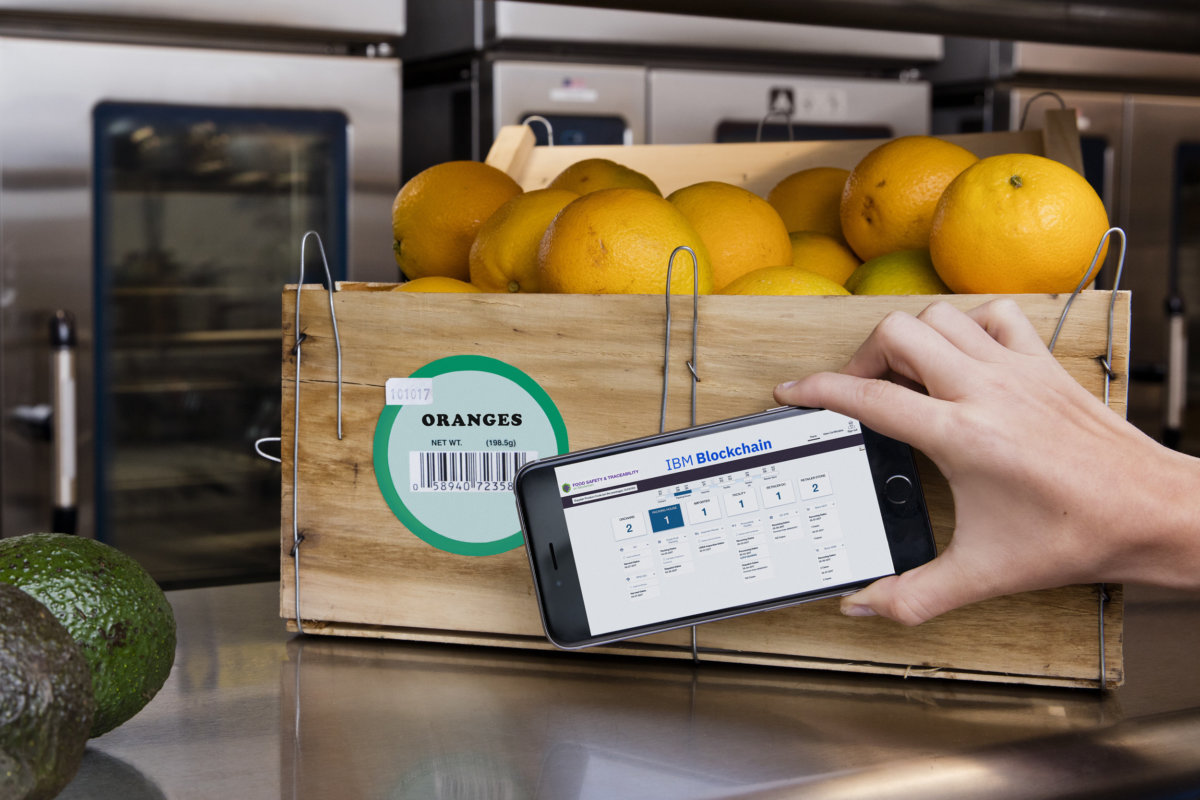Food traceability is a food tracking technology. It can identify and authorize each stage of the food chain from production to delivery. Numerous technologies are used for different applications of products and food traceability technologies are product specific. It involves identifying the origin of food to its destination from where it is likely to be distributed. As multi-ingredient food contains elements from a range of food chains and countries, this method is necessary for food research and is crucial in the global food trade. The process of tracking and data management are not only dissimilar in manufacturing to retail processes, but also it is dissimilar in relation to non-countable and countable food products.
The global rise in the adoption of new technology by end-users such as manufacturers, retailers, and government entities due to growing awareness among developed countries drives the demand for the global food traceability market. Stringent government regulations associated with food safety, standardization, and legislative frameworks contribute to the growth of the food traceability market. Due to strict government policies, major food manufacturers and retailers focus on maintaining a proper framework of business for effective operation and inventory management. This is attributed to the rise in the adoption of food traceability technology by end-users globally. In addition, growing foodborne diseases owing to the consumption of unhealthy food are expected to propel the demand of the market growth. However, the high cost associated with traceability technology may hamper the market growth of food traceability. This technology requires high costs for data security, data management, and privacy which in turn restrain the demand for food traceability. Furthermore, key players are introducing new technology and worldwide accessibility of food traceability which can offer the lucrative opportunity for the food traceability market during the forecast period.
The global food traceability market is divided based on technology, equipment, application, end-user, and region. Based on the technology, the global market is split into biometrics, infrared, barcode, GPS, and RFID/RTLS. The equipment segment consists of PDA with GPS, tags & labels, 2D & 1D scanners, thermal printers, and sensors. Food traceability has applications in meat & livestock, fisheries, beverages, dairy, fresh produce & seeds, and others. Food manufacturers, defense & security departments, food retailers, warehouse/pack farms, other government departments, and others are the end-user segments for food traceability.
North America region is anticipated to hold the maximum share in terms of revenue in the global food traceability market in the forecast period. Factors such as an increase in consumer awareness about food safety, stringent government regulations & policies, and growing application of food traceability among end-users are driving the growth of this market in this region. Asia Pacific is estimated to hold the second-largest position in the market and is expected to account for a significant share over the forecast period. This is attributed to the changing consumption habits of the population and rising demand for safe food & beverages among the millennial population.
The global food traceability market is highly concentrated due to the presence of domestic and global players. International Business Machines Corporation, Bio-Red Laboratories Inc., Cognex Corporation, Honeywell International Inc., E. I. Du Pont de Nemours and Company (DuPont), CH Robinson Worldwide Inc., Motorola Solutions, Inc., Zebra Technologies Corporation, SGS SA, and MASS Group Inc. are some of the major players that are operating in the global food traceability market.
In April 2020, Celsee, Inc., a single cell analysis solution provider was acquired by the Bio-Rad Laboratories, Inc. This acquisition will offer effective solution for the isolation, detection, and analysis of single cells.
